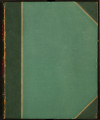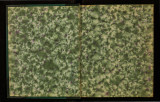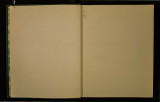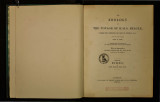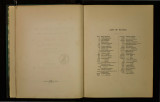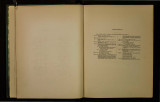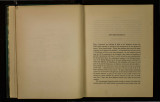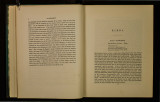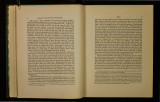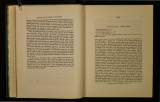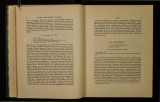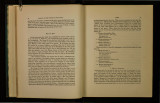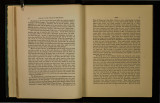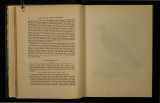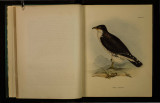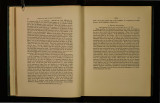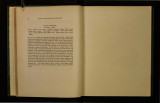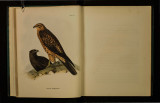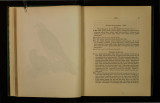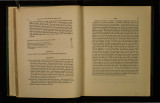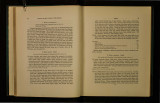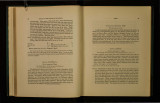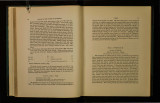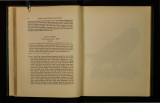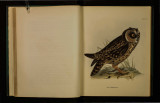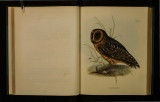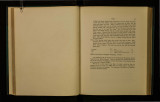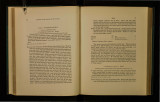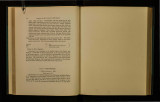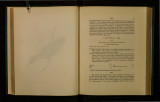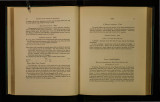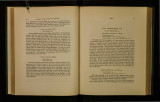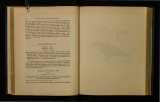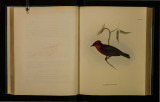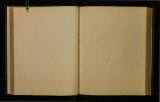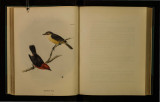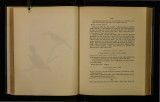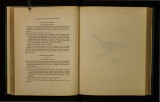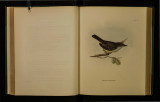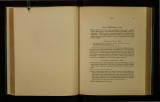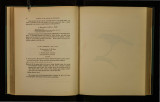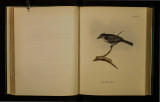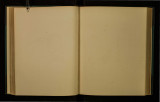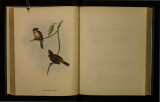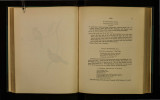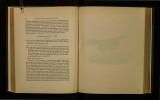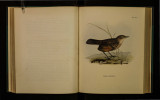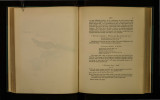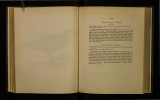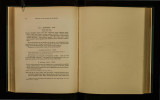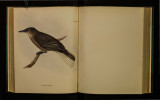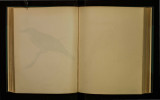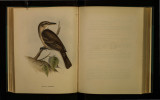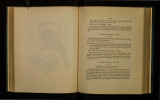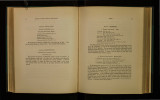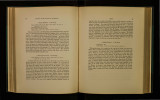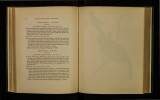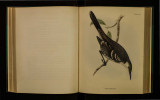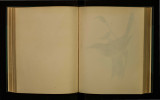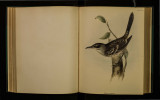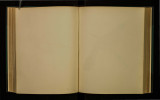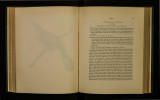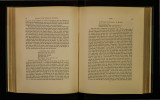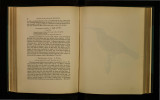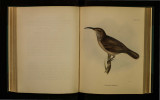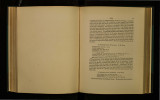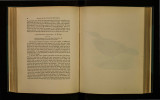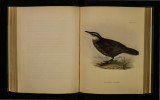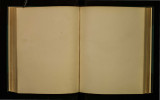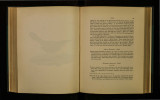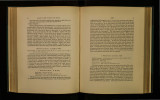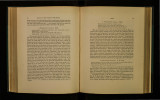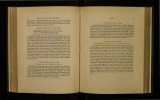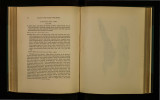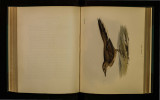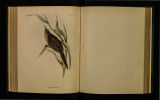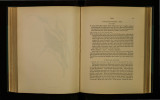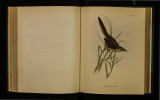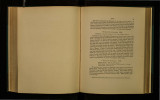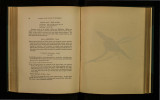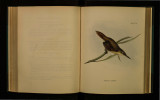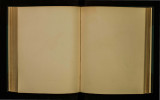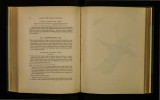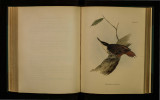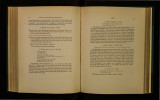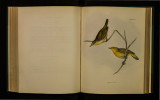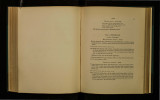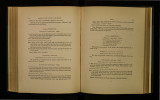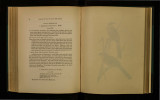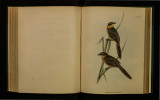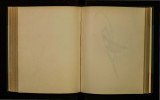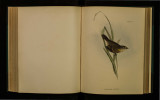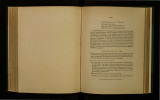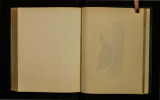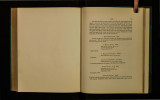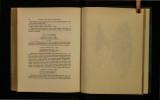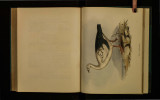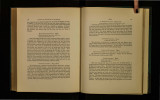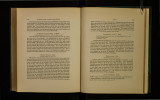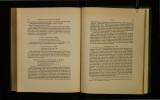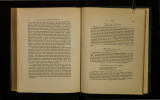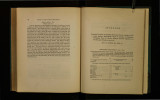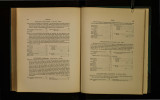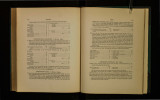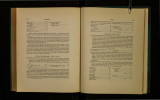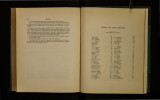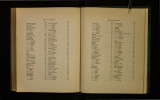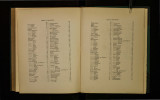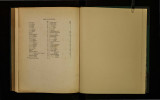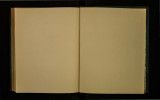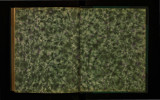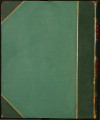| OCR Text |
Show 4 ZOOLOGY OF TilE VOYAGE OF TilE BEAGLE. With respect to their propagation, I was told by the country people in Chile, that the Condor makes no sort of nest, but in the months of N ~vember and December, lays two large white eggs on a shelf of bare rock. Ce~tamly, on the Patagonian coast, I could not see any sort of nest among the chffs, where the young ones were standing. I was told that .the yo~ng Conclo:·s c?uld not fly for a whole year, but this probably was a mistake, smce M: D Orbigny says they take to the wing in about a month and a half after bemg ha~ched. On the fifth of March (corresponding to our September), I saw a young bud at Concepcion, which, though in size only little in~erior to a full-grow~ one, was completely covered by down, like that of a goslmg, but of a blackish colour. I can, however, scarcely believe that this bird could have used, for some months subsequently, its wings for flight. After the period when the young Condor can fly, apparently as well as the old birds, they yet remain (as I observed in Patagonia) both roosting at night on the same ledge, and hunting by day with their parents : but before the young bird has the ruff round its neck white, it may often be seen hunting by itself. At the mouth of the Santa Cruz, during part of April and May, a pair of old birds might be seen every day, either perched on a certain ledge, or sailing about in company with a single young one, which latter, though full fledged, had not its ruff white. The Condors generally live by pairs; but among the basaltic cliffs of the plains, high up the river Santa Cruz, I found a spot where scores must usually haunt. They were not shy; and on coming suddenly to the brow of the precipice, it was a fine sight to see between twenty and thirty of these great* birds start heavily from their resting place, and wheel away in majestic circles. From the large quantity of dung on the rocks, they must have long frequented this cliff; and probably they both roost and breed there. Having gorged themselves with carrion on the plains below, they retire to these favourite ledges to digest their food in quietness. From these facts, the Condor must, to a certain degree be considered, like the Gallinazo ( Catltm·tes alratus), a gregarious bird. In this part of the country they live almost entirely on the guanacoes, which either have died a natural death, or, as more commonly happens, have been killed by the pumas. I believe, from what I saw in Patagonia, that they do not, on ordinary occasions, extend their daily excursions to any great distance from their regular sleeping places. The condors may oftentimes be seen at a great height, soaring over a certain spot in the most graceful spires and circles. On some occasions I am sure that they do this for their sport; but on others, the Chileno countt·yman tells you, that they are watching a dying animal, or the puma devouring its prey. If the condors * I measured a specimen, which I killed there: it was from tip to tip of wing, eight and a half foot; and from end of beak to end of tail four feet. BIRDS. 5 glide down, and then suddenly all rise together, the Chileno knows that it is the pu;na, which, watching the carcass, has sprung out to drive away the robbers. Besides feeding on carrion, the condors frequently attack young goats and lambs. Hence the shepherds train their dogs, the moment the enemy passes over, to run out, and looking upwards, to bark violently. The Chilenos destroy and catch numbers; two methods are used: one is to place a carcass within an enclosure of sticks on a level piece of g1'ound, and when the condors have gorged themselves to gallop up on horseback to the entrance, and thus enclose them : for when this bird has not space to run, it cannot give its body sufficient momentum to rise from the ground. The second method is to mark the trees in which, frequently to the number of five or six, they roost together, and then at night to climb up and noose them ; they are such heavy sleepers, as I have myself witnessed, that this is not a difficult task. At Valparaiso I have seen a living condor sold for sixpence, but the common price is eight or ten shillings. One which I saw brought in for sale, had been lashed with a rope, and was much injured; but the moment the line was cut by which .its bill was secured, it began, although surrounded by people, ravenously to tear a piece of carrion. In a garden at the same place, between twenty and thirty of these birds were kept alive; they were fed only once a week, yet they appeared to be in pretty good health.* The Chileno countrymen assert, that the condor will live and retain its powers between five and six weeks without eating: I cannot answer for the truth of this fact, but it is a cruel experiment, which very likely has been tried. When an animal is killed in this country, it is well known that the condors, like other carrion vultures, gain the intelligence and congregate in a manner which often appears inexplicable. In most cases, it must not be overlooked, that the birds have discovered their prey, and have picked the skeleton clean, before the flesh is in the least degree tainted. Remembering the opinion of M. Audubon on the deficient smelling powers of such birds,t I tried in the above mentioned garden, the following experiment. The condors were tied, each by a rope, in a long row at the bottom of a wall. Having folded a piece of meat in white paper, I walked backwards and forwards, carrying it in my hand at the * I noticed that several hours before any of the Condors died, all the lice with which they arc infested, crawled to the outside feathers. I was told, that this always happened. 1· In the case of the Catltart68 Aura, Mr. Owen, in some notes read before tho Zoological Society, (See Magazine of Nat. Ilist. New Ser. vol. i. p. 638.) has demonstrated from the developed form of the olfactory nerves, that this bird must possess an acute sense of smell. It was mentioned on tho same evening, in a communication from Mr. Sells, that on two occasions, persons in the West Indios having died, and their bodies not being buried till they smelt offensively, these birds congregated in numbers on tho roof of tho house. This insta.nco appca.rs quito conclusive, as it was certain, from the construction of tho Luildingt~, that they must have gained tho intelligence by tho sense of smell alone, and not by that of sight. It would appear from tho various facts recorded, that carrion-feeding hawks possess both senses, in a very high degree. |


